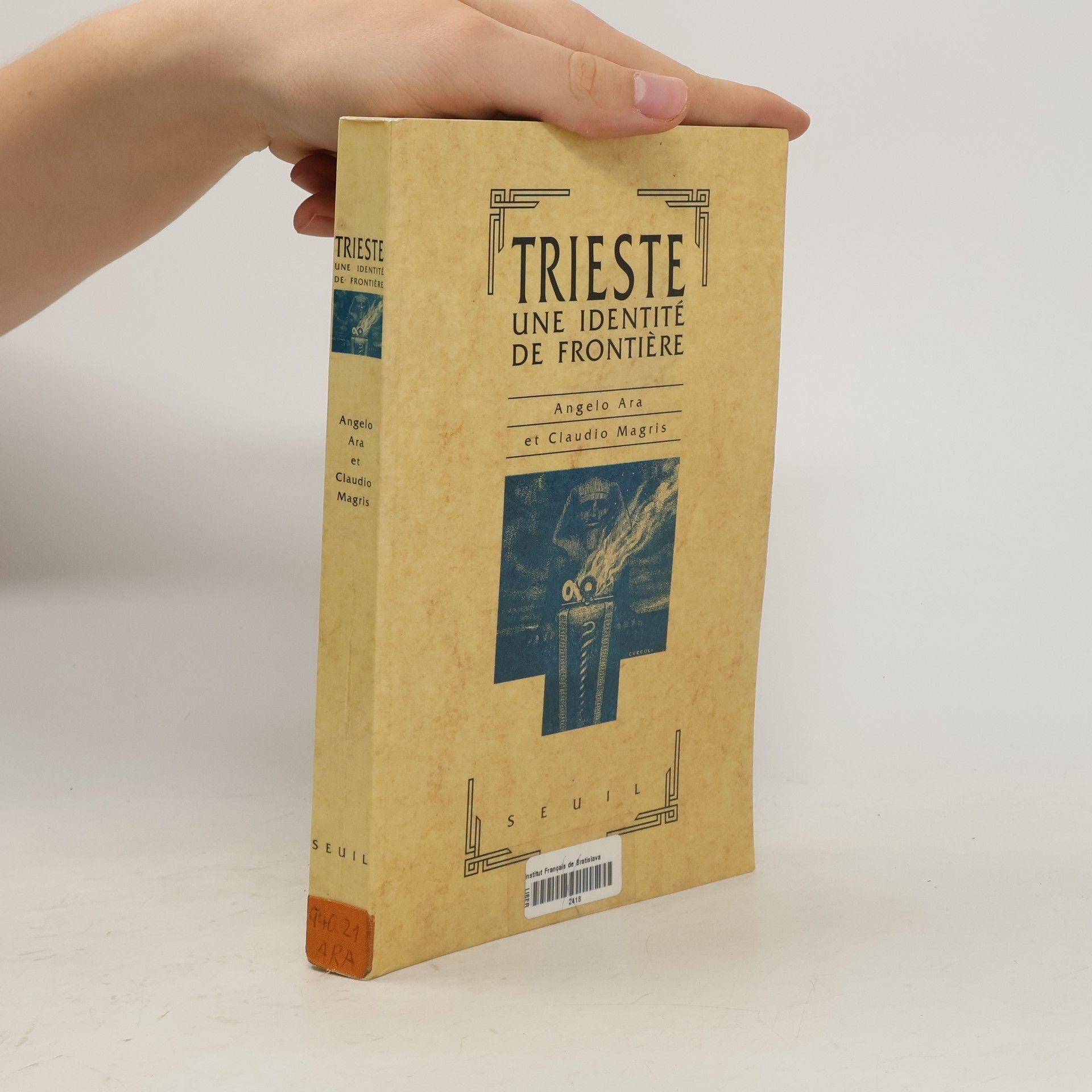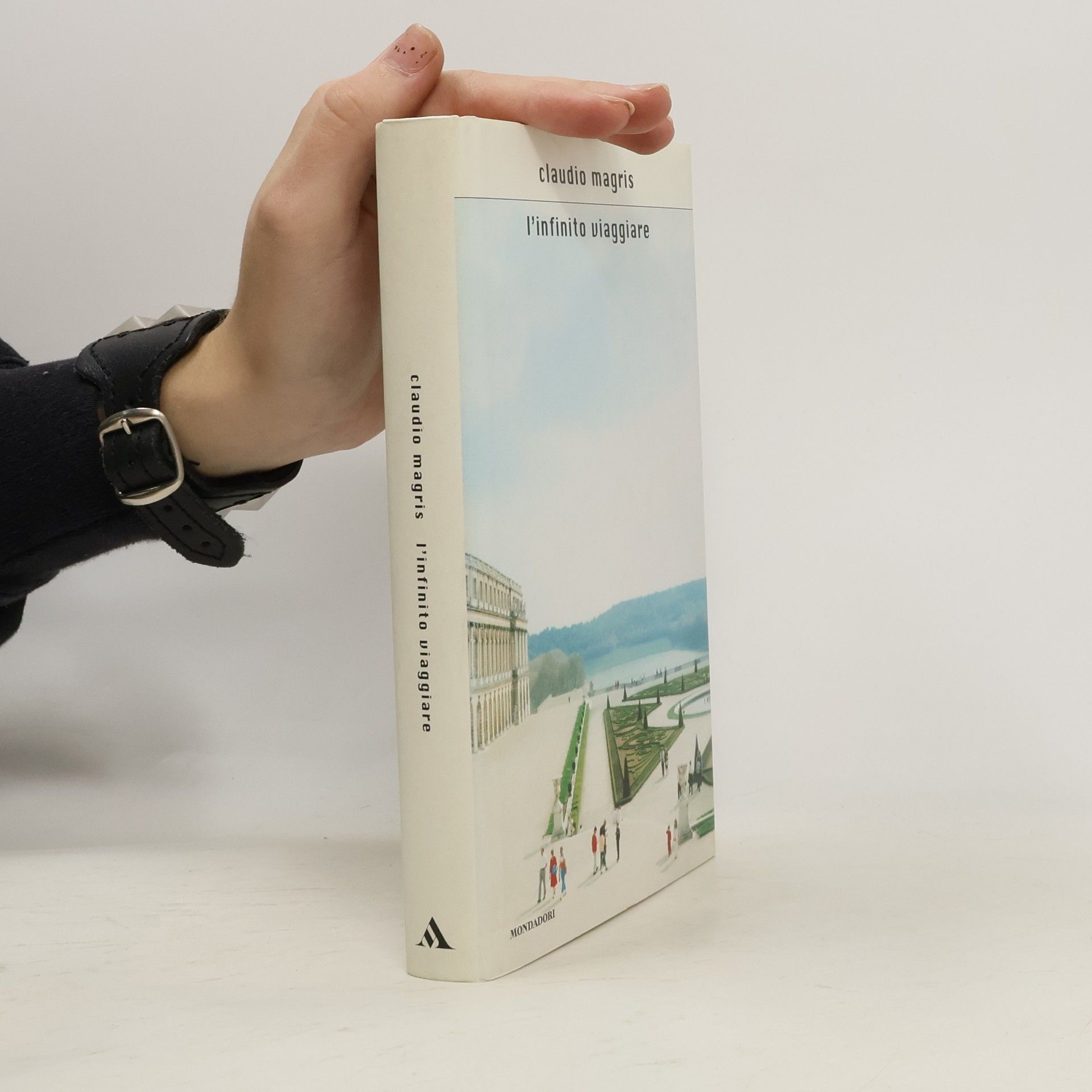Trieste. Une identité de frontière
- 288pages
- 11 heures de lecture
Gagner, mériter, revendiquer l’identité de celui qui n’est nulle part, c'est-à-dire d’une ville de frontière, pôle d’attraction grâce à son dynamisme économique, melting-pot où se côtoient la culture italienne, la tradition germanique, l’effervescence slave, enjeu d’un combat entre l’Italie et l’Autriche, puis la Yougoslavie ? cette ville qui « est littérature » et que hantent les grandes figures de Svevo, de Saba et de Joyce et de tant d’autres… Les auteurs se sont attachés à faire le point de tous les tiraillements linguistiques, démographiques, politiques et culturels ayant présidé à « l’identité de frontière » de cette fille naturelle de Vienne et adoptive de Rome, de ce carrefour jadis stratégique de la Mitteleuropa, nostalgique et boulimique de ses splendeurs passées, qui reste une des capitales littéraires du siècle et le laboratoire de l’Europe.









